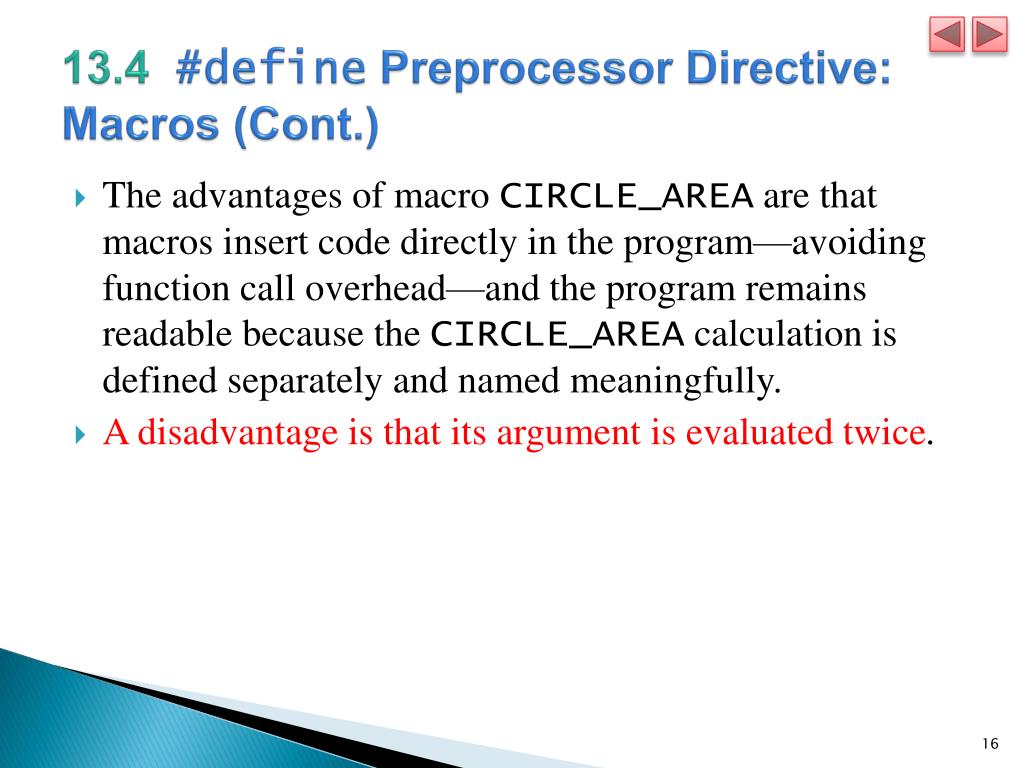
The integer constants are signed and in the range: -32,768 to +32,767. (Rabbit controllers do not have floating-point hardware.) Range: 1.18 x 10 -38 to 3.40 x 10 38ĭefines a list of named integer constants. Only the 23 least significant bits are stored the high bit is 1 implicitly. The exponent has 8 bits, giving exponents from -127 to +128. Range 0 to 2 32 - 1ģ2-bit IEEE floating-point value. Range: 0 to +65,535ģ2-bit signed integer. Range: 0 to 255 (0xFF)ġ6-bit signed integer. The table below lists the punctuation marks and tokens.Ĩ-bit unsigned integer. Punctuation marks serve as boundaries in C programs. Symbols used to perform arithmetic operations Words that start with # and control compilation Literal character values enclosed in quotes Symbols used to mark beginnings and endings Some of these elements are listed in the table below. Syntactic elements-often called tokens-form the basic elements of the C language. The language has grammar and syntax, that is, rules for making statements. Each file is a stream of characters that compose statements in the C language. c extension and the requested library files. 4.1 C Language ElementsĪ Dynamic C program is a set of files consisting of one file with a. Dynamic C libraries are in source code, allowing the creation of customized libraries.īefore starting on your application, read through the rest of this chapter to review C-language features and understand the differences between standard C and Dynamic C.
MACRO DEFINITION IN C MANUAL
Please see the Dynamic C Function Reference Manual for detailed descriptions of these API functions.

Dynamic C has its own set of libraries, which include user-callable functions.

The programmer is expected to know programming methodologies and the basic principles of the C language.



 0 kommentar(er)
0 kommentar(er)
